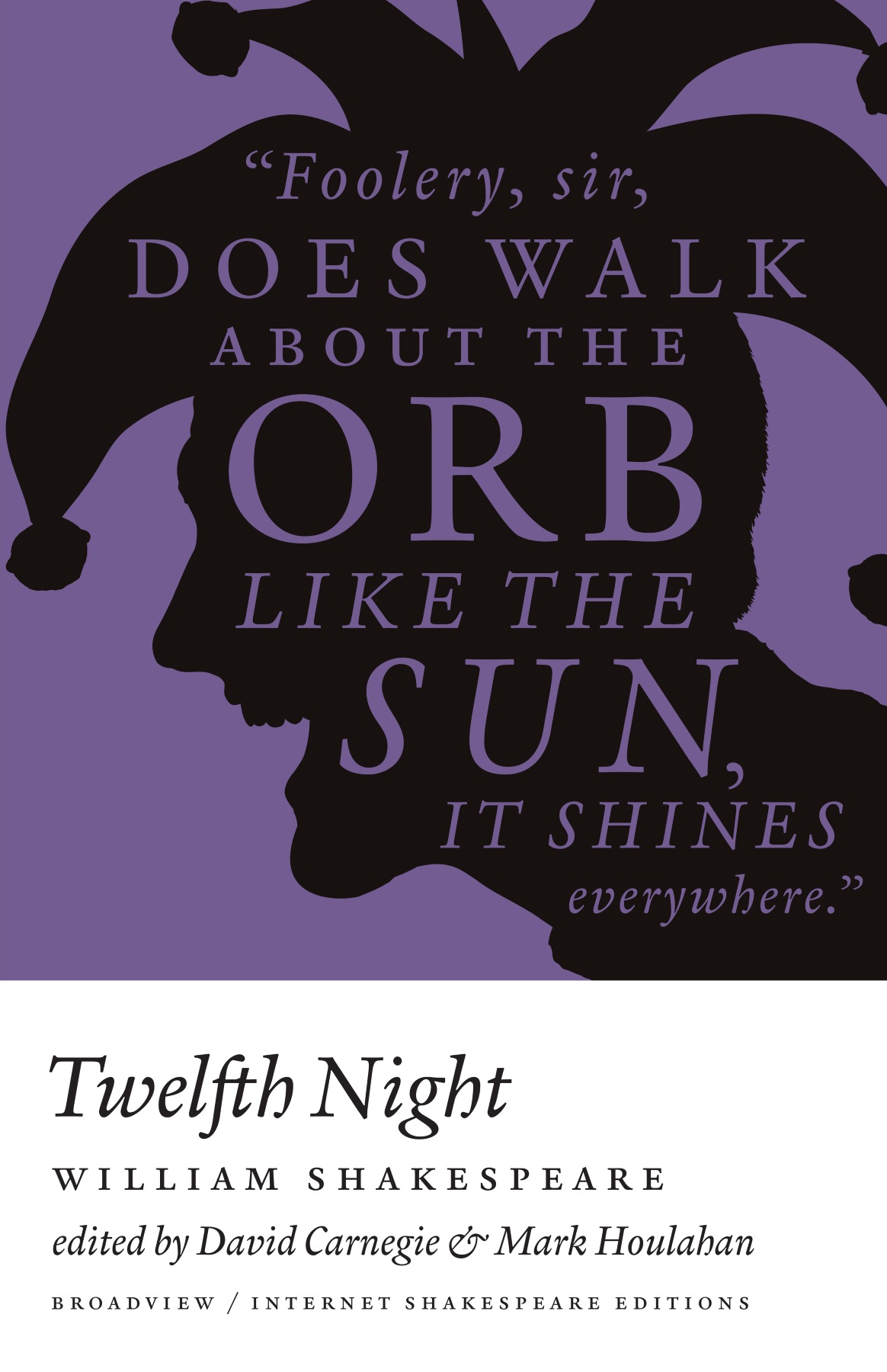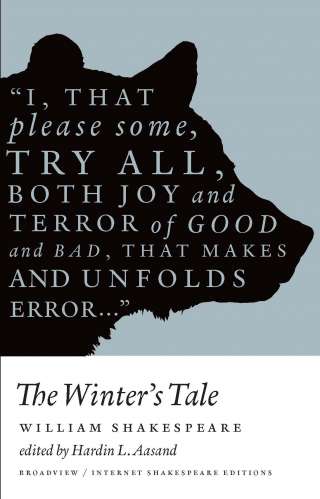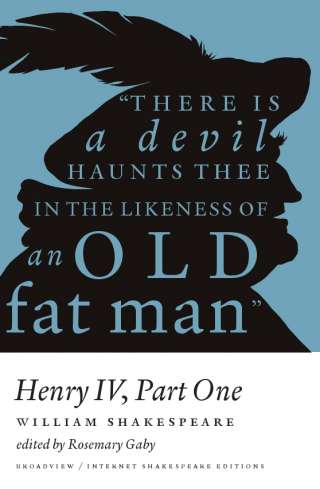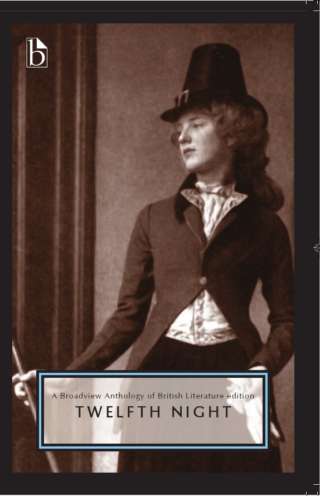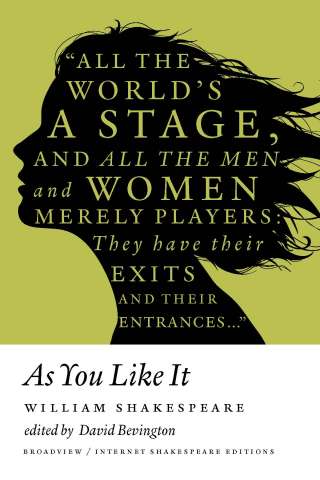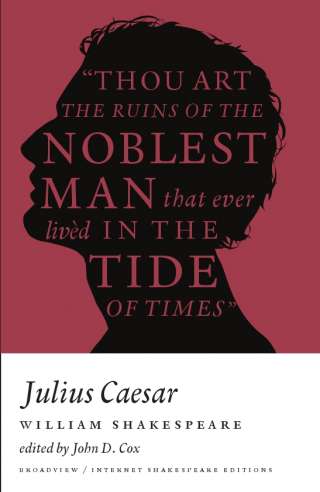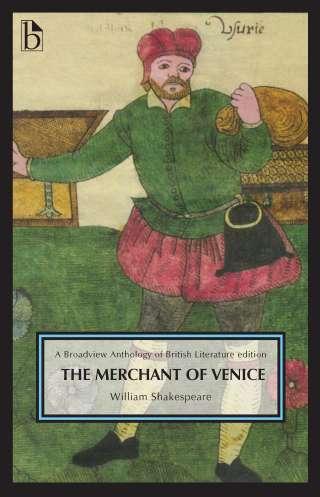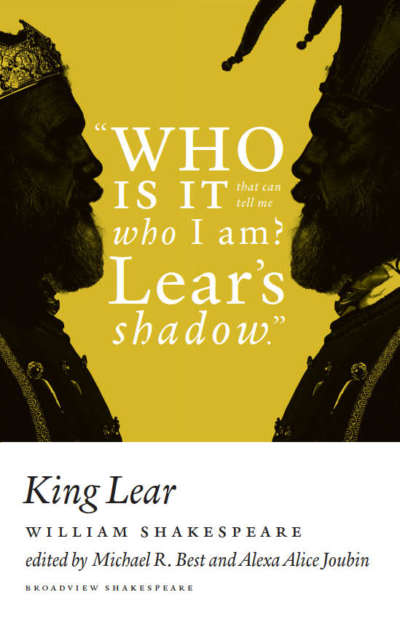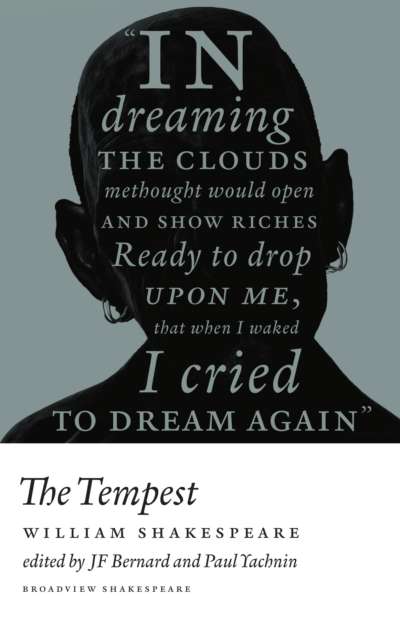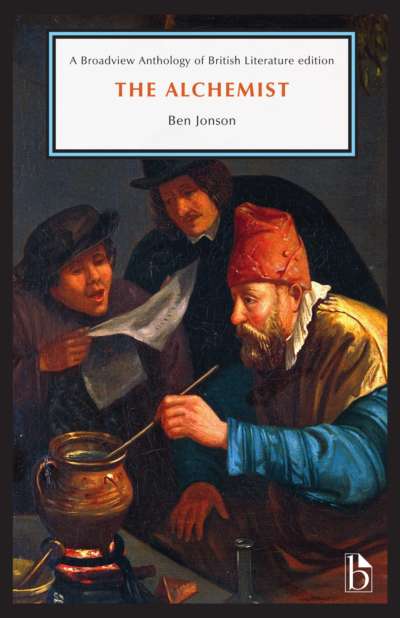Twelfth Night has seldom been off the stage since Shakespeare’s day. It has been performed for its romantic high comedy and its boisterous low comedy; with an emphasis on farce or on autumnal melancholy; as straightforward celebration of heterosexual love and marriage or as exploration of the complexity of gender. David Carnegie and Mark Houlahan’s introduction to the play provides a lively discussion of the play’s performance history and encourages readers to think about stagecraft and the play as a performance text, while the historical appendices provide materials that illuminate different thematic elements of the play.
Extended notes interleaved throughout the play present relevant illustrations and expand on mythological, historical, and religious references in the play. The accompanying online text will offer additional commentary on staging alternatives and more extensive visual materials.
A collaboration between Broadview Press and the Internet Shakespeare Editions project at the University of Victoria, the editions developed for this series have been comprehensively annotated and draw on the authoritative texts newly edited for the ISE. This innovative series allows readers to access extensive and reliable online resources linked to the print edition.
Comments
“Here is a text of Twelfth Night with a ‘broad view’ in more than name. There is, it seems, something for everyone in this edition, from the performer to the prosodist, and the pedant to the pupil. The edition is lavishly supplemented by other texts—some familiar, some surprising. Those appendices allow the reader to trace Twelfth Night’s narrative and intellectual affiliations, enabling the reader to track not just the play’s debts but its contribution to Renaissance preoccupations with music, friends, gender, and more. The text itself is amply illustrated, coherently lineated, and admirably glossed. In the notes, the reader will discover editors with a nuanced touch for performance. These are seasoned theatrical veterans with a deft ear for verse and a fine eye for staging possibilities. Used in synch with the internet Shakespeare’s on-line resources, this edition both takes and offers a broad view of Twelfth Night.” — Paul Menzer, Mary Baldwin College
FOREWORD
ACKNOWLEDGEMENTS
INTRODUCTION
SHAKESPEARE’S LIFE
SHAKESPEARE’S THEATRE
WILLIAM SHAKESPEARE: A BRIEF CHRONOLOGY
A NOTE ON THE TEXT
A NOTE ON THE MUSIC AND SONGS
ABBREVIATIONS
TWELFTH NIGHT, OR WHAT YOU WILL
Appendix A : SOURCES
- From Barnabe Riche, “Of Apollonius and Silla” (1581)
- From Gl’Ingannati—the Deceived (1531)
Appendix B: RENAISSANCE SHIPWRECKS
- From Heliodorus, An Aethiopian History, trans. Thomas Underdowne (1587)
- From Sir Philip Sidney, The Countess of Pembroke’s Arcadia (1593)
Appendix C: TWINS AND AFFINITY
- From Plautus, Menaechmi, trans. William Warner (1595)
- From William Shakespeare, The Comedy of Errors (c. 1593)
- From George Puttenham, “Hendiadys, or The Figure of Twins” (1589)
- From Michel de Montaigne, “Of Friendship,” trans. John Florio (1603)
- From Richard Brathwaite, The English Gentleman (1633)
APPENDIX D: GENDER AND DISGUISE
- From Plato, The Symposium (c. 380 BCE)
- From John Lyly, Galatea (1592)
- William Shakespeare, Sonnet 20 (1609)
- From Stephen Gosson, Plays Confuted in Five Actions (1582)
- From Hic Mulier: Or, The Man-Woman (1620)
APPENDIX E: MANNERS AND CODES
- From Baldassare Castiglione, The Book of the Courtier, trans. Sir Thomas Hoby (1561)
- From Giles Rose, A Perfect School of Instructions … (1682)
- From Henry Swinburne, A Treatise of Spousals, or Matrimonial Contracts (1686)
APPENDIX F: FOOLS, FESTIVITY, AND MISRULE
- From Robert Armin, Fool upon Fool (1600)
- From Robert Armin, Quips upon Questions (1600)
- From Philip Stubbes, The Anatomy of Abuses (1583)
- From Thomas Nashe, Summer’s Last Will and Testament (1600)
- From Revels Office Documents on the Lord of Misrule (1551)
- From the Records of Corpus Christi College, Oxford (1566)
- From Shropshire Parish Documents (1556-1635)
- From Sir John Harington, “On the entertainment for the King of Denmark” (1606)
- From “King James, Declaration to the Bishop of Chester, 24 May 1618”
- From Sir Benjamin Rudyerd, Le Prince d’Amour: Or, The Prince of Love (1660)
APPENDIX G: PURITANISM
- From The Pilgrimage to Parnassus (c. 1598-1602)
- From Thomas Nashe, The Return of the Renowned Cavaliero Pasquil of England (1589)
- From Thomas Nashe, Martin’s Month’s Mind (1589)
- From Thomas Nashe, A Countercuff Given to Martin Junior (1589)
APPENDIX H: MUSIC
- From Marsilio Ficino, Commentary on Plato’s Symposium (1474)
- From Cicero, On the Commonwealth and on the Laws (c. 50 BCE)
- From Thomas Wright, The Passions of the Mind in General (1604)
WORKS CITED AND BIBLIOGRAPHY
FILMOGRAPHY
David Carnegie is Emeritus Professor of Theatre at Victoria University of Wellington, New Zealand.
Mark Houlahan is Senior Lecturer in English at the University of Waikato, New Zealand.

